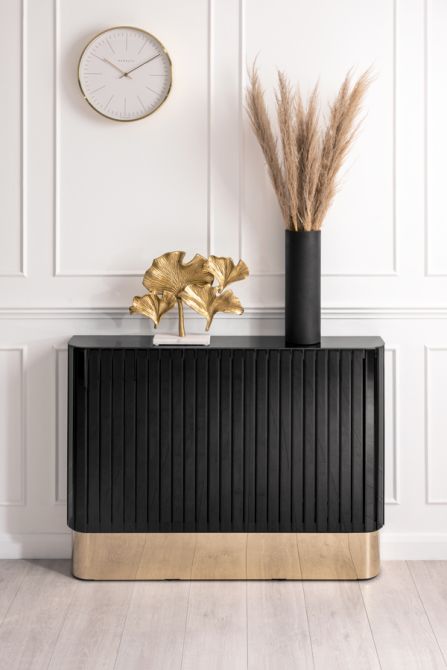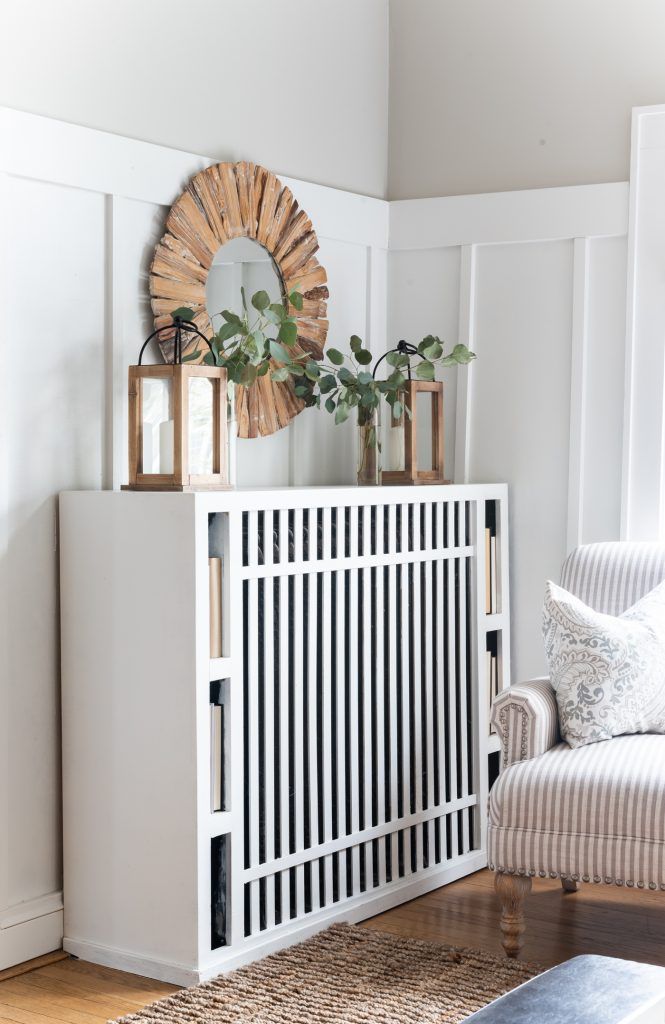How a Radiator Cover Can Improve Your Area's Aesthetic Appeal
How a Radiator Cover Can Improve Your Area's Aesthetic Appeal
Blog Article
Radiator Covers: Comprehending Products, Designs, and Benefits
Radiator covers offer both practical and aesthetic objectives within a home, offering a range of materials such as mdf, metal, and hardwood to suit various layout choices. As designs evolveâEUR" from conventional to contemporaryâEUR" these covers not only improve the aesthetic allure of a space yet also add to safety and energy efficiency. Selecting the appropriate radiator cover involves recognizing the subtleties of materials, styles, and their connected benefits. This exploration elevates crucial concerns regarding just how these elements incorporate into your living atmosphere and what factors to consider need to assist your option procedure.
Types of Materials


Wood covers, commonly crafted from woods such as oak or maple, offer a traditional, warm appearance that matches conventional interiors. Their resilience and capability to be discolored or repainted add to their adaptability. Steel covers, generally made from steel or aluminum, are favored for their effectiveness and modern appearance, frequently featuring streamlined lines that improve contemporary spaces.
MDF, a manufactured timber product, is prominent for its cost-effectiveness and convenience of modification. It can be repainted or ended up to match existing decoration while offering a smooth surface. Plastic covers, while less usual, are resistant and lightweight to dampness, making them appropriate for humid atmospheres.
Inevitably, the selection of product for a radiator cover should align with the property owner's design preferences, practical demands, and the particular setting where the cover will be installed. Each material offers a distinctive character, guaranteeing that there is a choice to match every taste and setup.
Popular Style Styles
Highlighting visual appeal, preferred style styles for radiator covers reflect a range of preferences and interior decoration fads. Standard styles frequently feature intricate woodwork and luxuriant describing, making them suitable for vintage-inspired or timeless insides. These covers generally incorporate sculpted components, offering a cozy and inviting feeling to any kind of area.
On the other hand, modern designs focus on minimalist appearances, characterized by clean lines and underrated style. Materials such as steel or sleek wood with a smooth coating are typically utilized, allowing these covers to mix perfectly into contemporary rooms. Industrial designs, on the various other hand, welcome resources like subjected metal and concrete, adding a bold declaration to loft or urban settings.
For those looking for an unique touch, bespoke styles offer customization options that deal with specific preferences, allowing property owners to pick colors, patterns, and products that complement their style. Additionally, farmhouse-style covers incorporate rustic aspects, featuring troubled wood and simple types that evoke a relaxing, nation appeal.
Benefits of Radiator Covers
Radiator covers not only boost the aesthetic allure of an area however likewise supply a number of sensible benefits that make them a beneficial addition to any type of home. Among the key advantages is security, especially in families with children or animals. Covers decrease the danger of burns from hot radiator surface go areas, guaranteeing a safer atmosphere.
In addition, radiator covers can enhance energy efficiency. By routing heat right into the area instead of enabling it to leave, they help maintain a regular temperature level, reducing heating prices with time. This is specifically helpful in older homes where radiator systems may be much less efficient.
An additional notable benefit is sound decrease. Radiators can occasionally generate unwanted noises during operation, and covers can aid muffle these noises, adding to a much more relaxed home. Radiator covers can be functional, supplying extra storage space or screen area, thereby maximizing the energy of often-overlooked locations.
Last but not least, they can secure radiators from dust and particles, which can prevent efficiency and boost maintenance requirements. With these incorporated advantages, radiator covers become a useful option for enhancing both the performance and style of any kind of home atmosphere.
Setup Factors To Consider
Installing radiator covers requires careful factor to consider to make certain both performance and safety (Radiator cover). Analyze the dimensions of your radiator and the surrounding room to make certain a correct fit. Exact dimensions are essential; an ill-fitting cover can obstruct heat circulation or develop security risks
Next, review the material of the cover. While wood supplies visual appeal, steel alternatives might supply much better durability and warmth resistance. Think about the weight of the cover also; larger covers may need added assistance or supports to avoid sagging or damage with time.
Air flow is one more essential aspect. Covers need to feature ample air movement to prevent overheating and preserve reliable home heating. Look for designs with slats or perforations that enable heat to circulate without blockage.
In addition, ensure that the cover is firmly installed to stop mishaps, especially in homes with family pets or youngsters. Radiator cover. It's recommended to you could try these out adhere to the manufacturer's setup guidelines very closely and, if essential, get in touch with a specialist for intricate installations
Maintenance and Treatment Tips
Proper upkeep of radiator covers is essential for guaranteeing their durability and ideal performance. For painted or timber covers, consider an appropriate polish or safety layer to preserve their appearance.
Examine the covers occasionally for signs of wear or damage, such as fractures or peeling paint. Attending to these problems without delay can avoid additional wear and tear. Make sure that the covers are firmly fastened and inspect for any loose screws or fittings, as vibrations from the radiator can loosen them over time.
In chillier months, stay clear of putting heavy objects or decorative products on top of the radiator covers, as this useful reference can impede warmth distribution and cause unneeded anxiety to the framework. Last but not least, think about seasonal maintenance by removing the covers for extensive cleaning and examination during warmer months when the heater is inactive. Embracing these basic care pointers will enhance the performance and visual allure of your radiator covers, guaranteeing they serve their objective effectively for many years ahead.

Conclusion
In recap, radiator covers offer as useful and aesthetic enhancements to domestic spaces. Cautious consideration of installment and maintenance further makes sure the longevity and effectiveness of radiator covers in any kind of home atmosphere.
Radiator covers offer both aesthetic and useful functions within a home, supplying an array of materials such as steel, mdf, and wood to match numerous layout choices. Picking the ideal radiator cover entails understanding the subtleties of materials, designs, and their associated advantages.Emphasizing visual allure, popular style styles for radiator covers show an array of preferences and indoor layout fads.Radiator covers not just enhance the aesthetic allure of an area but additionally offer a number of practical benefits that make them a worthwhile enhancement to any home. Think about the weight of the cover as well; heavier covers might call for added support or reinforcements to avoid drooping or damage over time.
Report this page